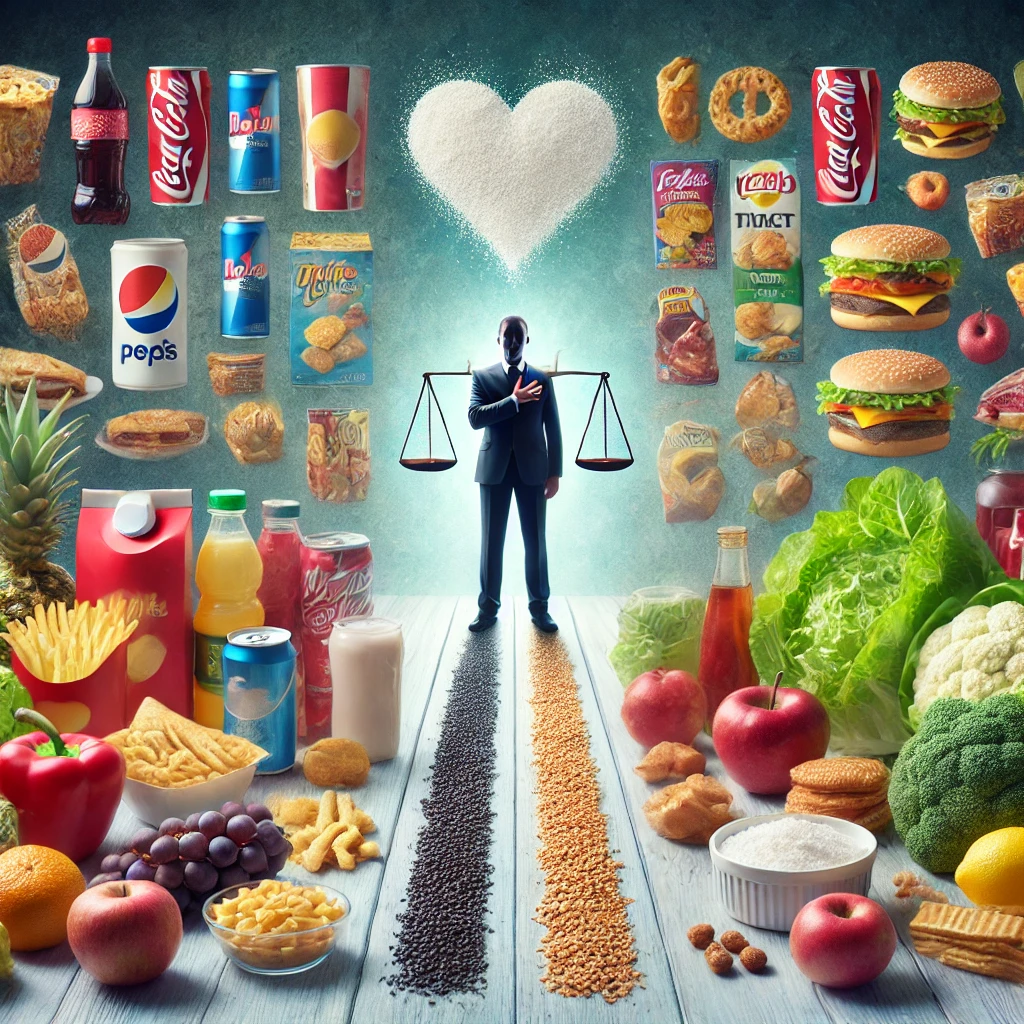
Ultra-processed foods make up more than half of the diet in many developed countries. While they offer convenience and affordability, research increasingly links them to shorter lifespans and chronic disease. Understanding what these foods are and how they affect health can help you make informed decisions about your diet.
What Are Ultra-Processed Foods?
Ultra-processed foods go through multiple industrial processes and contain ingredients you wouldn’t typically use in home cooking:
- Packaged snacks and desserts
- Sugary cereals and drinks
- Ready-to-heat meals
- Fast food
- Reconstituted meat products
- Many bread products with preservatives
They often contain additives like emulsifiers, colors, flavors, sweeteners, and preservatives to extend shelf life and enhance palatability.
How They Differ From Other Processed Foods
Not all processed foods carry the same health risks:
Minimally Processed Foods: Basic preparation of natural foods (cleaning, freezing, drying)
Processed Ingredients: Extracted components used in cooking (oils, flour, sugar)
Processed Foods: Combinations of ingredients with preservatives (canned goods, bread, cheese)
Ultra-Processed Foods: Formulations of processed substances with minimal whole foods, designed for convenience and appeal
Research on Longevity
Multiple large-scale studies show connections between ultra-processed foods and reduced lifespan:
- A study following over 44,000 people found that each 10% increase in ultra-processed food consumption was linked to a 14% increase in mortality risk
- Research published in BMJ found associations between ultra-processed foods and cardiovascular disease
- The NutriNet-Santé study showed higher cancer rates among heavy consumers of these foods
Mechanisms Behind the Impact
Scientists identify several ways ultra-processed foods may reduce longevity:
Nutritional Quality:
- Low in fiber, vitamins, minerals, and phytonutrients
- High in refined carbohydrates, unhealthy fats, and sodium
Metabolic Effects:
- Rapid blood sugar spikes and crashes
- Disruption of insulin sensitivity
- Promotion of chronic inflammation
Gut Microbiome Disruption:
- Reduction in beneficial bacteria diversity
- Damage to intestinal barrier function
- Altered production of beneficial metabolites
Chemical Exposure:
- Some food additives show potential health effects
- Packaging materials like BPA and phthalates may leach into food
- Advanced glycation end products (AGEs) formed during processing
Practical Steps to Reduce Consumption
Cutting back doesn’t require eliminating all convenience:
- Read ingredient lists, not just nutrition facts
- Cook simple meals in batches for your own “convenience food”
- Replace ultra-processed snacks with nuts, fruit, or yogurt
- Make gradual swaps rather than dramatic diet changes
- Focus on adding whole foods rather than just eliminating items
Finding Balance
Few people can or want to eliminate all ultra-processed foods. Consider:
- The 80/20 approach (80% whole foods, 20% others)
- Treating ultra-processed foods as occasional rather than daily choices
- Prioritizing reduction in areas that make up the bulk of your intake
Population-Level Solutions
Individual choices matter, but system changes help more:
- Food policies addressing affordability of whole foods
- Clear labeling of ultra-processed products
- Incentives for companies to produce healthier options
- Education about food preparation skills
The evidence shows that reducing ultra-processed foods likely extends both lifespan and healthspan—the years lived in good health. While complete avoidance isn’t realistic for most, awareness and gradual reduction can significantly impact long-term health.